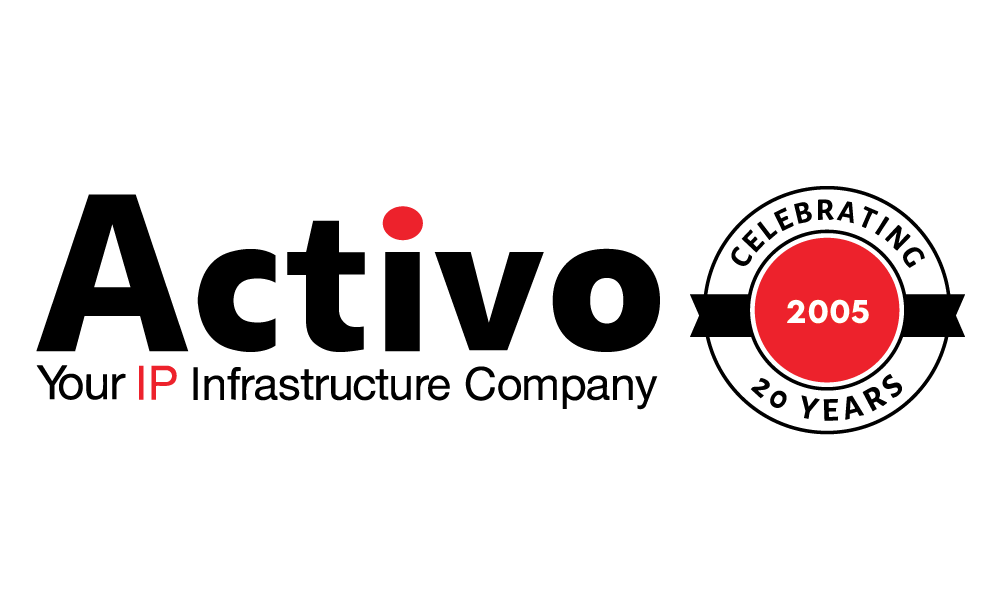COVID-19 placed tremendous stress on healthcare systems worldwide, demonstrating the need for a preventative healthcare system that can resolve issues remotely with greater efficiency. With pressure being placed on the healthcare system, which is not expected to ease in the near future, Wi-Fi 6 and 5G will be critical in providing connectivity for a new ecosystem.
Built from the same foundation, Wi-Fi 6 and 5G provide higher data rates, increase network capacity, and connect more users and devices. In healthcare, Wi-Fi 6 will be the preferred choice for indoor networks such as those at hospitals, while 5G will be used in the field to solve medical challenges.
Able to provide ultra-fast speeds and low-latency, Wi-Fi 6 and 5G can meet patients’ and providers’ needs more accurately, efficiently, and cost-effectively. These technologies can address healthcare challenges through improved telemedicine services, robotics, AI, medical file sharing, wearable sensors, and more.
Telemedicine
The COVID-19 pandemic made people realize the importance and potential of telemedicine, allowing healthcare professionals to assess, diagnose, and treat patients remotely. Most telemedicine appointments require the use of high-quality video that, at present, is subject to high-latency due to the limited available bandwidth.
Wi-Fi 6 allows healthcare providers to move away from in-person appointments with the ability to transmit high-quality video in real-time. This will help doctors examine patients from rural areas who will use 5G’s high bandwidth and low-latency connections for their appointments.
Wi-Fi 6 and 5G will enhance telemedicine by providing faster treatment for patients and medical access in areas not available before.
AI for Diagnosis and Treatment
Artificial intelligence (AI) is currently being used to identify various types of tumours and identify which diseases a patient is most at risk from. AI automates the tasks of health specialists and provides patients with more accurate diagnosis and treatment plans. It can analyze more samples than humanly possible and build an algorithm that can reduce misdiagnosis. However, AI requires large amounts of data to be analyzed for real-time learning over high-bandwidth networks that might not be easily accessible.
Wi-Fi 6 and 5G’s large bandwidth and data transfer speeds are critical in supporting AI. With 5G, data can be shared easily on-the-go, while Wi-Fi 6 will be used to analyze it at the medical facility, making diagnosis and treatment more readily available. Further, Wi-Fi 6 and 5G would allow more data to be processed, leading to more accurate results.
Medical File Sharing
Patient medical records and large image files created by MRI or CAT scans can amount to hundreds of gigabytes of data. Hospital networks are put under strain when these files have to be transferred, and this can potentially delay diagnosis or treatment.
Wi-Fi 6 with higher data transfer rates allows healthcare professionals hospital-wide access to large medical files that were historically difficult to transfer. Using 5G, large medical files can be transferred from remote locations with greater efficiency. A reduction in the time required to transfer medical files leads to faster diagnosis, treatments, and second opinions for patients, while doctors can treat more patients from the office or home.
Robotic Surgeries (Telesurgery)
In healthcare, robotic surgery has the potential to change millions of lives. The first robotic surgery was conducted in 2001, but the technology has not seen widespread implementation. For robotic surgeries to be successful, network connections are critical to ensuring fast reaction times between the surgeon and the corresponding robot.
Wi-Fi 6 and 5G significantly reduce latency, allowing doctors to perform complex surgeries on patients using robotic aides. Like telemedicine, robotic surgeries would enable doctors to perform surgeries on patients remotely and access far-flung areas.
Emergency Support in Smart Cities
The COVID-19 pandemic overwhelmed emergency support services in many hospitals, with patients being turned away due to a lack of ICU space. To overcome challenges associated with emergency support, smart cities with Wi-Fi 6 and 5G have started experimenting with technologies that automatically inform a hospital about a patient’s condition when they are in an ambulance and when to expect them. This information would allow the hospital to get ready to treat the patient or warn the ambulance if there is no ICU bed available, with the system automatically routing the patient to the next available hospital.
The patient’s medical records would be electronically transferred to the hospital before arrival, ensuring the right medical setup. Further, the smart city’s traffic lights are controlled by 5G and would automatically synchronize with the ambulance, saving time and increasing safety.
Wearable Health Sensors
The global wearable medical devices market is expected to expand at a compound annual growth rate of 26.8% from 2021 to 2028. This growth will be fueled by 5G enabled remote monitoring devices that will provide more real-time notifications, precision, and data-insights into a patient’s healthcare.
5G will also allow more wearable medical IoT devices to be connected to a network, and the data gathered from these devices can be monitored more efficiently by doctors who have access to Wi-Fi 6. Through wearable health sensors, doctors can detect changes in their patients’ health and react in real-time.
From Reactive to Preventative Healthcare
Wi-Fi 6 and 5G can be truly transformative in healthcare by changing the way it’s practised. These technologies have the potential to make the medical field preventive from its present reactive treatment model. Our genetic code can be studied in detail through AI, and doctors can warn us about future diseases that can impact our health. Wearable devices can collect large samples of data and alert doctors if any preventative measures need to be taken before a patient’s health deteriorates.
Transform Your Businesses with Activo
Activo is a premier network systems integration and leading national IP infrastructure company that specializes in network systems planning, integration, installation, and support services throughout Canada. We design and build IP networks that efficiently converge systems, allowing businesses to fully leverage emerging innovations with future-ready infrastructures.
Contact us today if you want to learn more about how Wi-Fi 6 and 5G improve connectivity and provide more efficient healthcare solutions.











